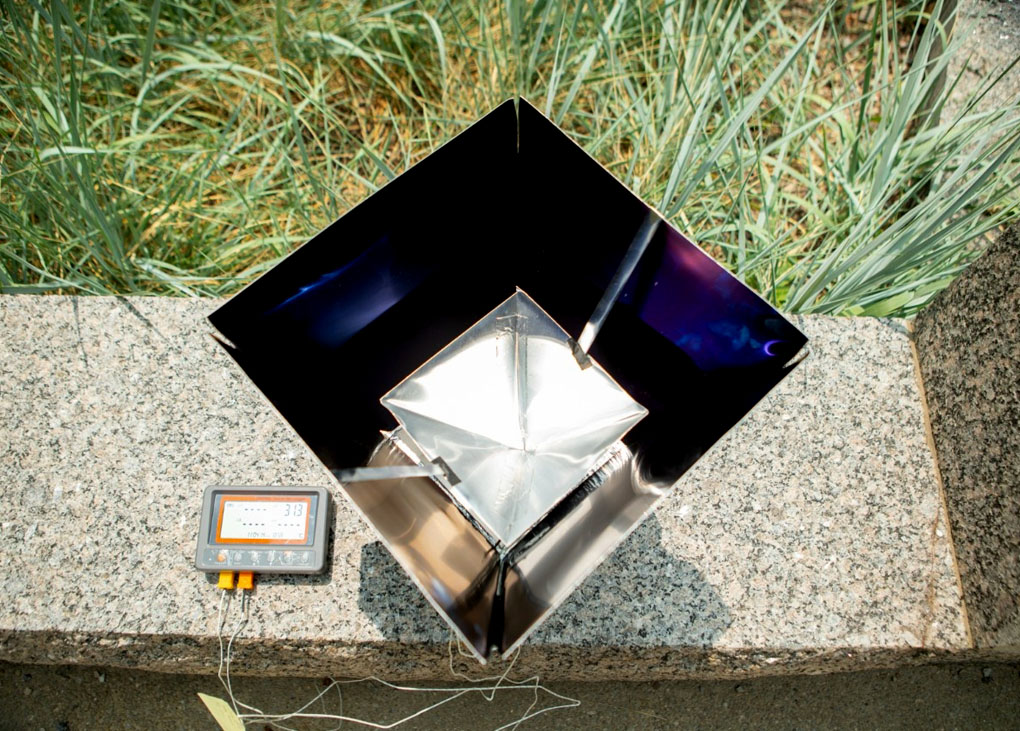Researchers at the University at Buffalo have designed a new system that could help keep roofs cool by radiating heat into outer space, without consuming electricity.
The system consists of a polymer/aluminium film installed inside a box at the bottom of a specially designed solar shelter. The film cools its surroundings by absorbing heat from the air inside the box and transmitting that energy through the Earth’s atmosphere into outer space. At the same time, the device prevents incoming sunlight from hitting the roof and heating it further.
“The polymer stays cool as it dissipates heat through thermal radiation, and can then cool down the environment,” says co-first author Lyu Zhou, a PhD candidate in electrical engineering in the University at Buffalo School of Engineering and Applied Sciences.
“This is called radiative or passive cooling, and it’s very interesting because it does not consume electricity — it won’t need a battery or other electricity source to realise cooling.”
“One of the innovations of our system is the ability to purposefully direct thermal emissions toward the sky,” says lead researcher Qiaoqiang Gan, Associate Professor of Electrical Engineering. “Normally, thermal emissions travel in all directions. We have found a way to beam the emissions in a narrow direction. This enables the system to be more effective in urban environments, where there are tall buildings on all sides. We use low-cost, commercially available materials, and find that they perform very well.”
The research, which was published in Nature Sustainability, shows that when the device was placed outside during the day, it helped reduce the temperature of a small, enclosed space by a maximum of about 6°C. At night, that figure rose to about 11°C.
Each unit is about 45cm tall, and 25cm wide and long. It is thought that numerous units could be installed on a rooftop to keep it cool.
 Mark Vender
Mark Vender


Leave a Reply